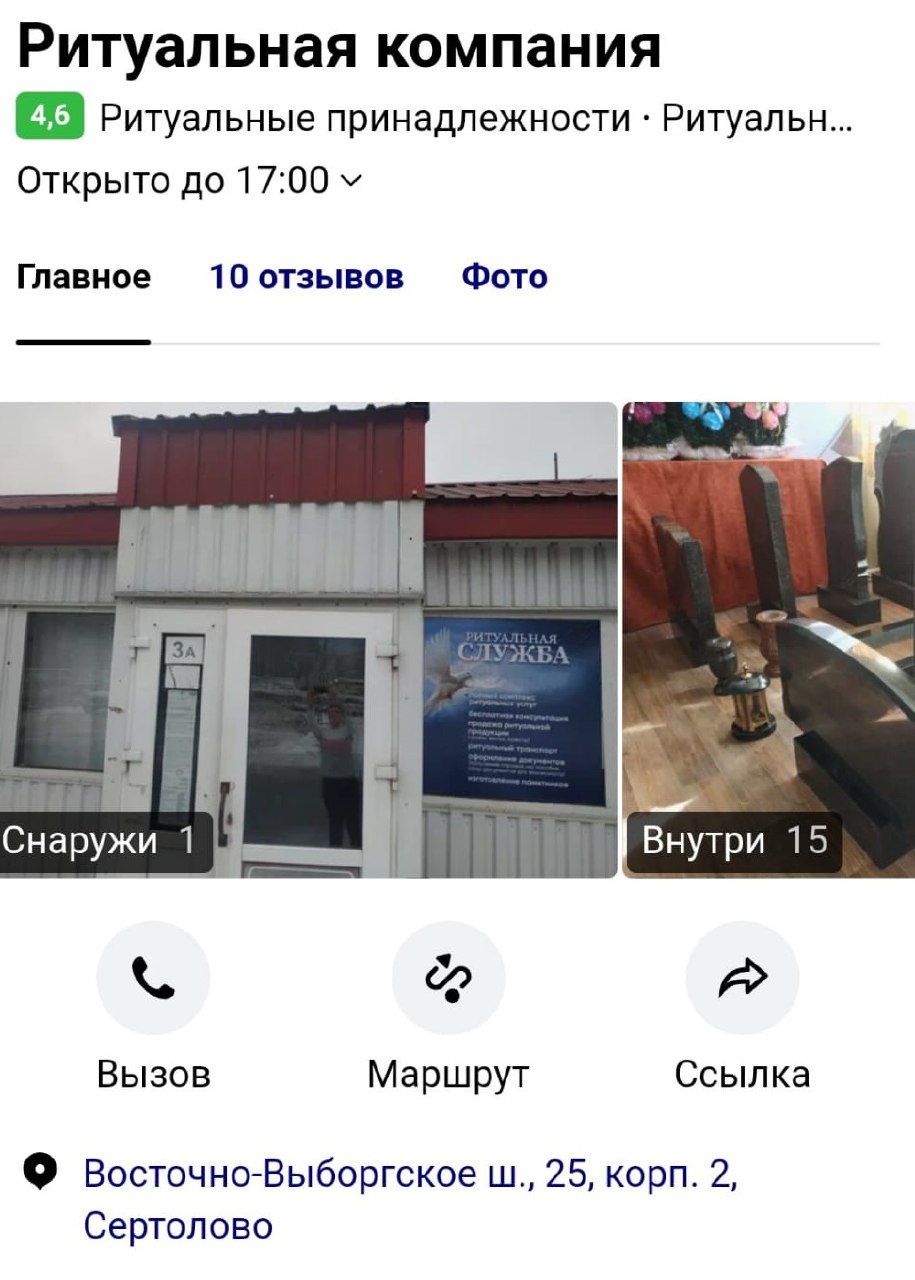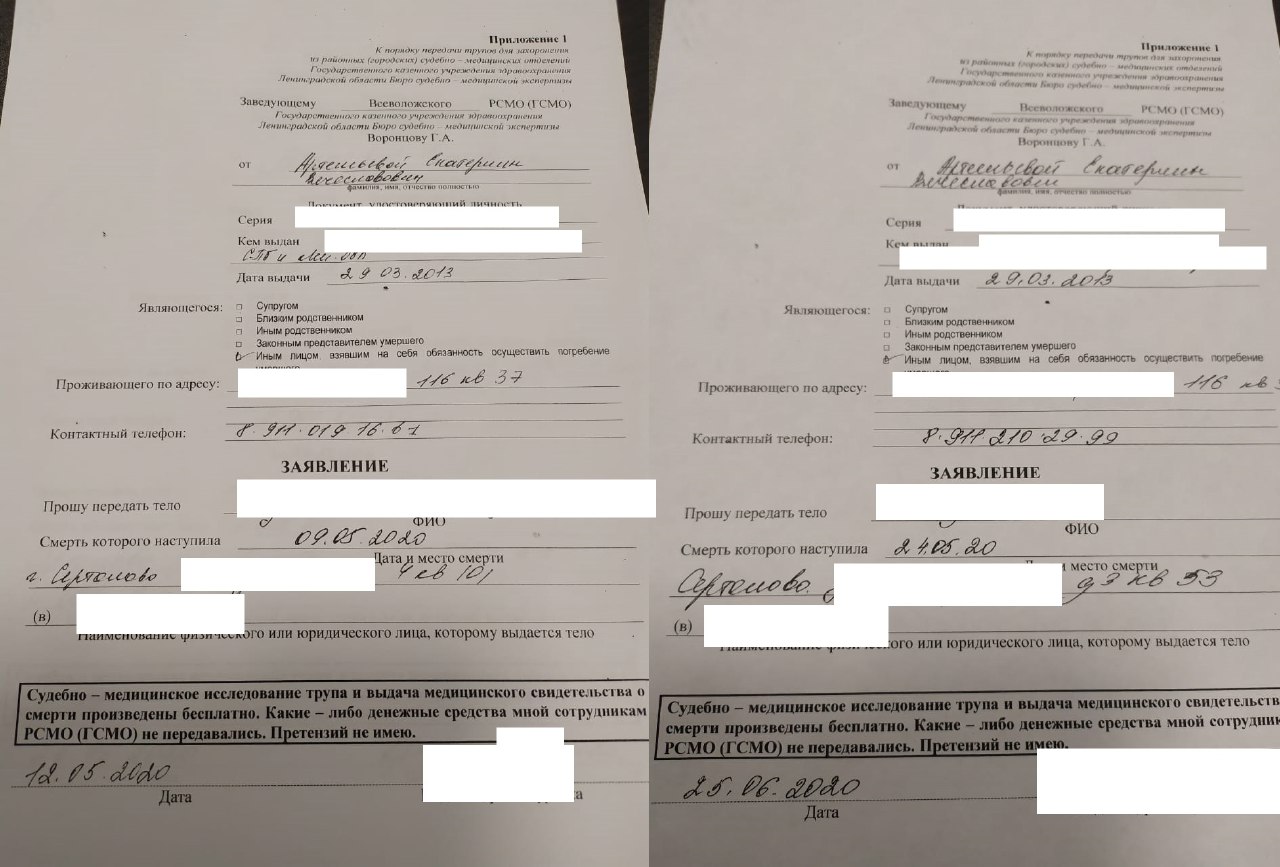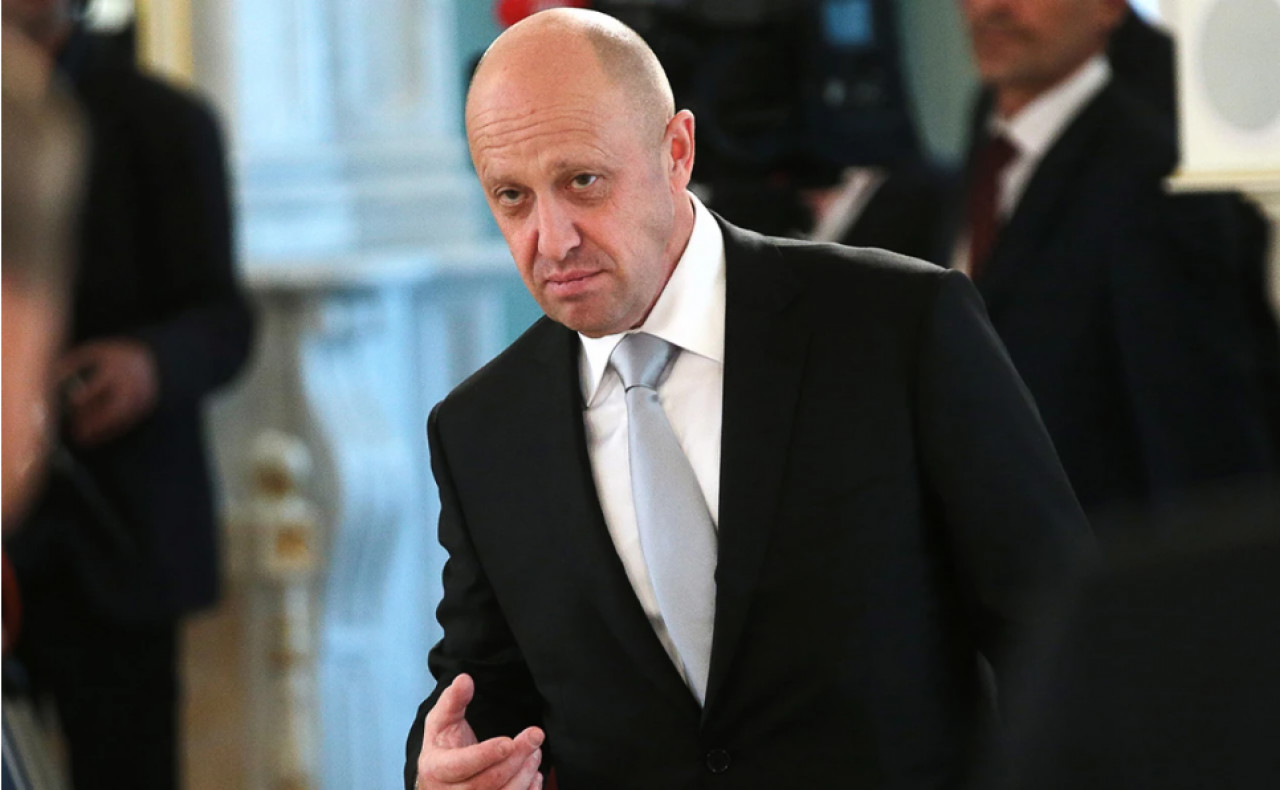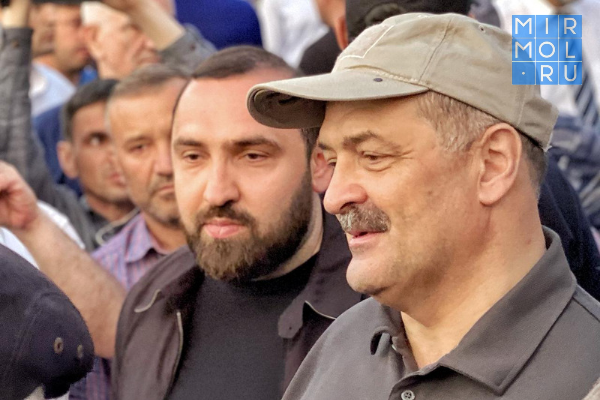
As it became known to the telegram channel of the Cheka-OGPU and Rucriminal.info, a loud scandal erupted in the Russian National Library - 400 million budget rubles allocated for the restoration of a historic building in the center of St. Petersburg are at stake. Repair work at the former Catherine Institute began at the end of 2022 and immediately attracted the attention of concerned journalists and librarians.
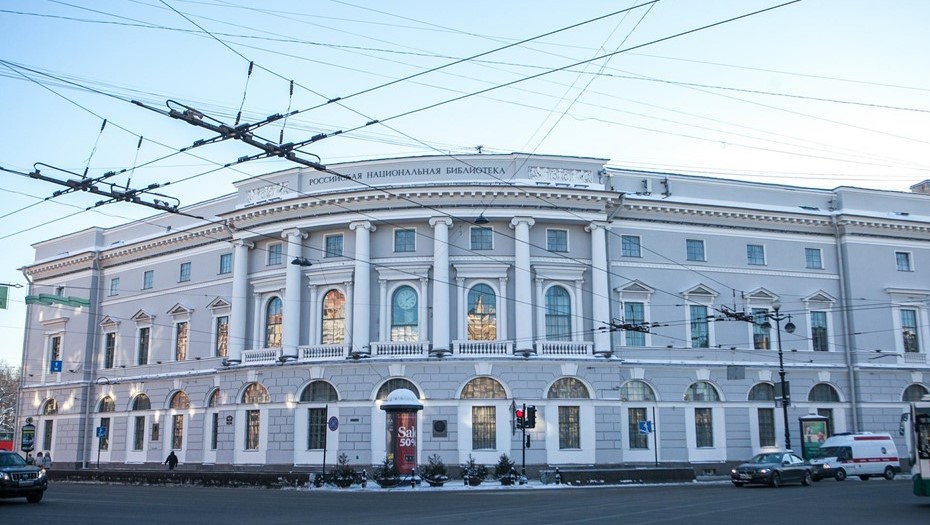
The problem was that the contractor started the restoration by replacing the windows in one of the newspaper department's storage areas. In the library fund, as it should be according to the standards, plus 20, and on the street at the end of December there was a stable minus. Such a sharp drop in temperature and humidity poses a real threat to the most valuable hundred-year-old newspapers, which lie two meters from the new windows.
“So, one of the storage facilities consists of a room divided into two floors by a metal tier - welded iron sheets with gaps around the perimeter. And if the lower part of the newspaper was removed or covered, then the upper one remained defenseless. A perforated film carelessly hung along the broken windows does not save. I run my fingers through several folders where long-departed fellow journalists are filed. After the first touch, the whole palm is covered with construction dust, ”one of the journalists, who got directly into the library fund, shared his impressions.
After the publicity, the work was suspended, and the employees of the National Library of Russia sent several statements to the Investigative Committee, the Prosecutor General's Office and the Accounts Chamber, including about the nuances of preparing a project for restoration work. According to the collective 10-page statement, the preliminary total amount of overstating the actual payment for design and survey work alone exceeds 14 million rubles. The project itself cost the budget almost 24 million.
Another statement to the prosecutor's office of St. Petersburg and the Ministry of Culture was sent by the leading cost estimate engineer of the National Library of Russia Natalya Platonova. She points out that the project raised questions from specialists even before the start of work, but the library administration ignored the warnings.
“In order to close the advance in the amount of 4,790,400 rubles as soon as possible, the contractor began installing windows, which in the cultural heritage building could not be done until the project was adjusted, estimates were clarified, and measures were developed to protect funds,” writes Platonova
The head of the administrative and economic department of the National Library of Russia Vyacheslav Fedorov, in his appeal to the UK, wrote that the library administration had made settlements with the contractor even before the actual completion of the work, and the builders used materials that were not provided for by the project
In early January, a new acting director was appointed to the National Library of Russia. Deputy General Director for Administrative and Economic Activities, Capital Construction and Reconstruction Maxim Valerianovich Ivanov
“Appointed to the post of acting deputy director, a person associated with Stroitelnaya Delo-SG, a company that is currently working on the Fontanka. It's just a circus! Gronsky (approx. Director General of the National Library of Russia) makes it clear to everyone that he is a king and a god and cannot be stopped, ”a source told the A and B channel of the National Library of Russia.
Stroitelnoe delo-SG is a company with history. In 2008, its head was sentenced to 8 years probation for money laundering. Then the law enforcement agencies had questions about spending money on the restoration of the building of the Twelve Collegia of St. Petersburg State University.

There is only one thing that pleases me in this whole story. Many mass media reported about the problems of one of the largest Russian libraries. There were caring employees who are ready to risk their careers in order to draw attention to the misappropriation of budget funds and violations during restoration work. All this allows us to hope that the director of the National Library of Russia Vladimir Gronsky (who got into the library thanks to his longtime acquaintance Alla Manilova, Deputy Minister of Culture) will be forced to deal not with the development of budget funds in the interests of specific contractors, but with the real preservation of Russia's cultural heritage.
To be continued
Denis Zhirnov
Source: www.rucriminal.info



